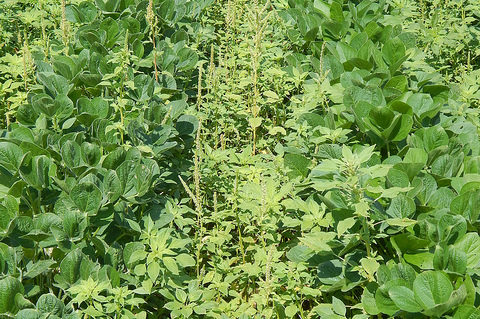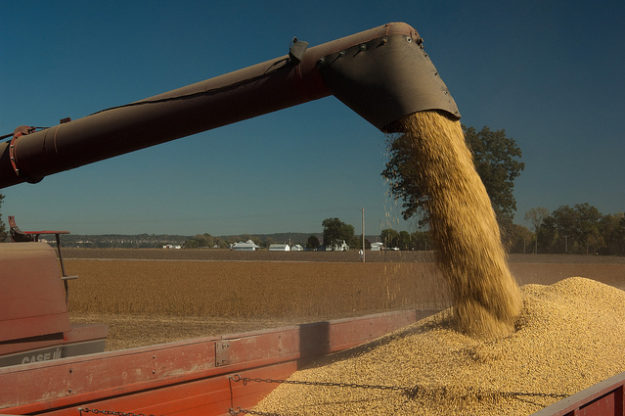Annual Commodities Conference This Week
Don’t miss the 2017 NC Commodities Conference, this week, Jan. 11-13, 2017, at the Sheraton Imperial Hotel and Conference Center in Durham, N.C. It is the joint meeting of the soybean, corn, cotton, and small grains associations. The conference will include keynote speakers, Dr. Kevin Folta, a noted biotech communicator and proponent of GMO’s, and…
Details












